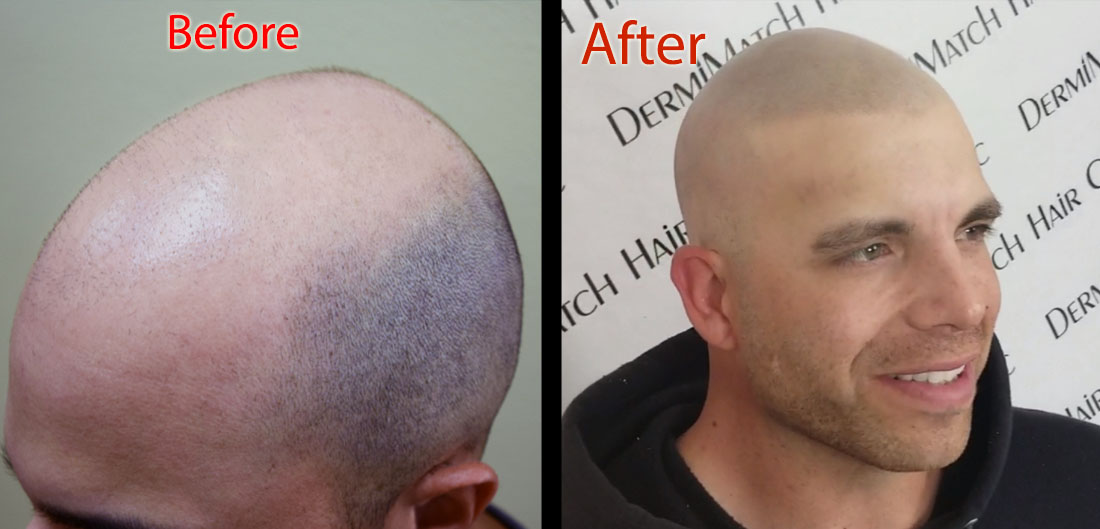Genetic predisposition is often blamed for the development of baldness, particularly in the case of androgenetic alopecia or pattern baldness. It is a hereditary condition characterized by a predictable pattern of hair loss. Understanding the genetics and hair loss connection can provide insight into why some people experience hair thinning or loss while others do not.
The Connection: Genetics and Baldness
Research indicates that genetics account for approximately 80% of cases of androgenetic alopecia. This condition is polygenic, meaning it involves multiple genes that collectively influence hair loss.
While it was once believed that the baldness gene was inherited solely from the maternal side, studies have shown that both parents contribute to an individual’s genetic predisposition to hair loss.
Men typically begin to experience male pattern baldness in their late teens to early twenties, often starting with a receding hairline or thinning at the crown. In contrast, women usually notice hair loss after menopause, which follows a different pattern known as the Ludwig pattern, characterized by diffuse thinning across the scalp.
The hormonal changes associated with aging, particularly involving androgens like dihydrotestosterone (DHT), play a significant role in this process. DHT binds to androgen receptors in hair follicles, leading to their miniaturization and a shortened growth phase. This results in thinner hair and increased shedding.
Environmental and Lifestyle Factors
While genetics is a significant factor in hair loss, it is not the only one. Environmental influences, such as stress, nutritional deficiencies, and hormonal changes, can also contribute to hair thinning.
Additionally, poor nutrition can impact hair health by depriving follicles of essential vitamins and minerals necessary for growth.
Genetics and Baldness: Alternative Treatment
For those affected by genetic predisposition to baldness, finding effective solutions can be challenging. While treatments such as medications and hair transplants are common options, they may not be suitable for everyone due to cost or potential side effects.
Scalp micropigmentation offers an alternative treatment that creates the illusion of fuller hair by tattooing tiny dots on the scalp. These dots created using microneedles mimic natural follicles and therefore look real.
This non-invasive procedure can significantly enhance appearance and boost confidence for individuals struggling with the psychological effects of hair loss. By providing a realistic solution without the need for ongoing treatments or invasive procedures, scalp micropigmentation serves as an appealing option for those looking to address their hair loss concerns effectively.
How To Choose Arizona SMP Artist?
For those considering SMP as a solution for hair loss, it is important to recognize that this procedure offers not only aesthetic benefits but also boost in confidence. Scalp micropigmentation serves as an effective alternative treatment for individuals seeking a non-invasive solution to hair loss.
Selecting a skilled and experienced Arizona scalp micropigmentation artist is vital for achieving natural-looking results and ensuring a safe procedure. The expertise of the artist directly influences the outcome, affecting everything from hairline design to color matching and overall satisfaction. By prioritizing qualifications, experience, and positive client feedback, you can make informed choices that lead to successful SMP experiences.
By creating the illusion of fuller hair through meticulous application techniques, skilled SMP practitioners in Arizona at DermiMatch Clinic can help clients regain their self-esteem and enjoy a renewed sense of identity without the need for surgical interventions or ongoing maintenance treatments.
Find top scalp artists in Arizona at DermiMatch Clinic now.










